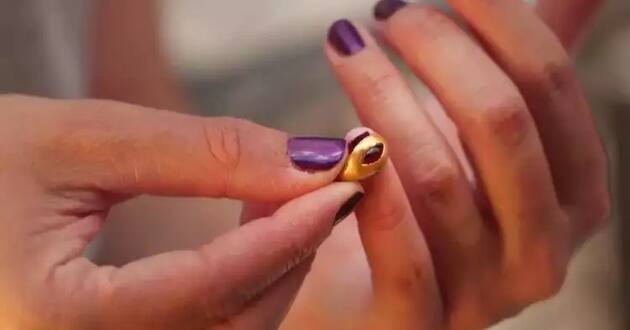A well-preserved 2,300-year-old gold ring believed to have belonged to a boy or girl who lived during the Hellenistic period has been unearthed in Jerusalem by Israeli archaeologists. The piece of jewelry, which is “made of gold and set with a red precious stone, apparently a garnet,” has “accumulated no rust nor suffered other weathering of time,” the Israel Antiquities Authority announced.
“I was sifting earth through the screen and suddenly saw something glitter,” Tehiya Gangate, a City of David excavation team member, said, according to Fox News. “I immediately yelled, ‘I found a ring, I found a ring!’ Within seconds everyone gathered around me, and there was great excitement. This is an emotionally moving find, not the kind you find every day. In truth I always wanted to find gold jewelry, and I am very happy this dream came true — literally a week before I went on maternity leave.”
Join Metro Voice on a tour of Israel next year
The ring was displayed in early June during Jerusalem Day. “The ring is very small, Dr. Yiftah Shalev and Riki Zalut Har-Tov, Israel Antiquities Authority excavation directors, said. “It would fit a woman’s pinky or a young girl or boy’s finger.”
READ: Jerusalem was larger than once thought
The find reveals more cluse about the city itself.
“They attest to both domestic and public buildings, and that the city extended from the hilltop westward,” the researchers said. “The character of the buildings — and now, of course, the gold finds and other discoveries — display the city’s healthy economy and even its elite status. It certainly seems that the city’s residents were open to the widespread Hellenistic style and influences prevalent also in the eastern Mediterranean Basin.”
–Alan Goforth | Metro Voice
